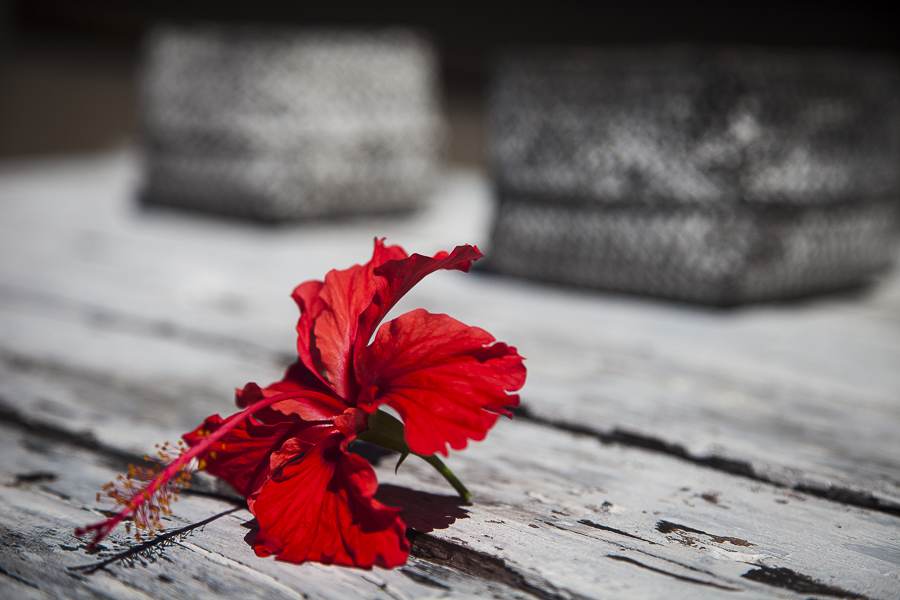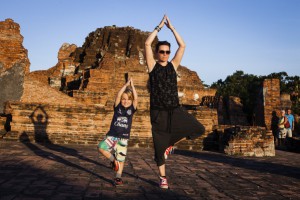I recently went to Bali on holiday and on a day trip to Ubud was amazed at the number of yoga clothing stores that had sprung up to dress the tourists on retreat in the many yoga studios that had similarly appeared since my last visit.
Yoga seems to be “on trend”, but my yoga teacher was concerned that in the race to adopt the benefits of yoga, the West was losing out on the core teachings of the philosophy. In other words, what really made yoga, yoga. Inspired by Kawi, I decided on my return that I should learn more about the background and philosophy behind yoga. Here is some of what I learned.
What does Yoga mean?
In Vedic Sanskrit, the origin of the word Yoga can be traced to “to add”, “to join”, “to unite”, “to attach”, from the root yuj. The figurative form of the word means “to yoke” which takes on the broader meanings of “employment, use, application or performance”.
No one person invented yoga, it is a living tradition that has developed over time out of Hindu, Buddhist and Jain traditions. While the origins of Yoga have been speculated to date back to pre-Vedic traditions, it seems most likely to have developed in the 5th or 6th century BC.
The influence of Patanjali
The Yoga Sutras of Patanjali from the 4th century AD remains one of the key surviving texts on Yoga and it is the 8 principles from these texts that forms the foundations of modern yoga, regardless of the name of the yoga studio that you are practising at.
Yama moral codes including non-violence, not stealing, non-possessiveness
Niyama self-purification and study
Asana posture
Pranayama breathing
Pratyahara withdrawing of the mind from the senses
Dharana concentration
Dhyana deep meditation
Samadhi union with the object of meditation – the ultimate goal
Where did the yoga poses come from then?
The Hatha tradition of yoga is said to have originated with the Hindu God Lord Shiva who taught the astanas or poses to the Goddess Parvati. Hatha yoga uses breathing techniques and asanas or poses to purify the mind and the body. It is from this tradition that many of the poses we know in the West come.
So what is yoga then?
While there is some controversy as to whether Patanjali intended any of the poses of Hatha yoga to be performed in order to practise yoga, we can conclude that Yoga is more than those exercises alone. To put it simply, to practise yoga fully and maintain our health, we need a simple and well-regulated diet, adequate sleep, some physical exercise, and relaxation. We need to incorporate meditation and mindfulness into our lives to fully reap its benefits, not just bend to our toes.
You might also like:





